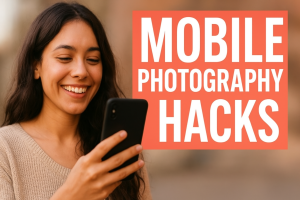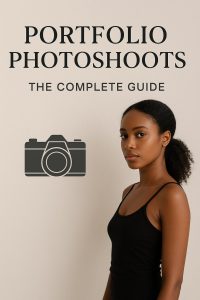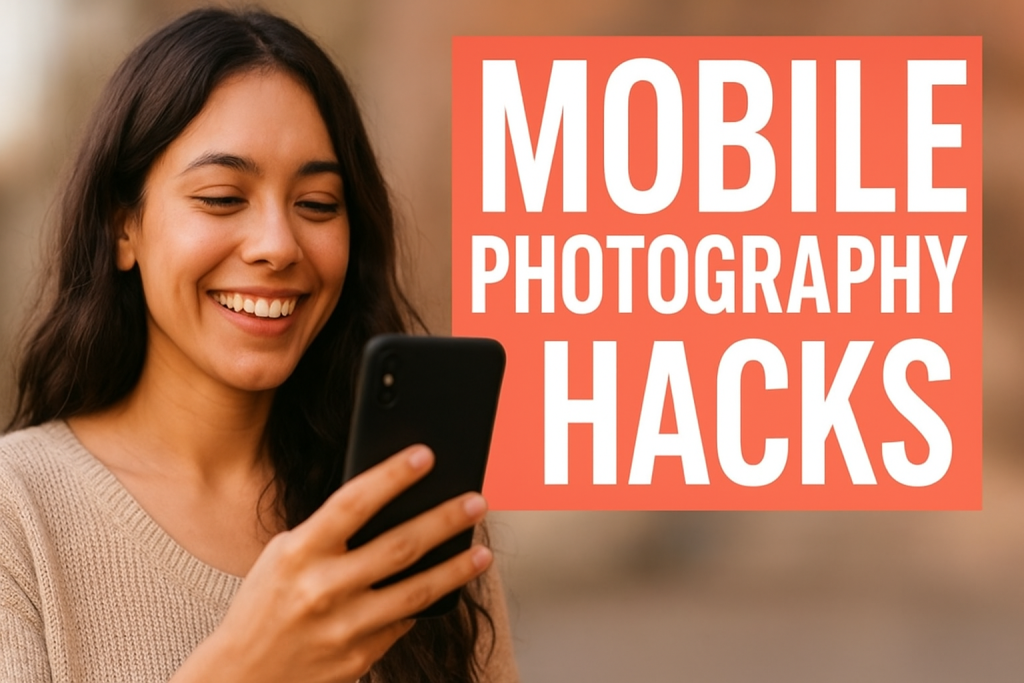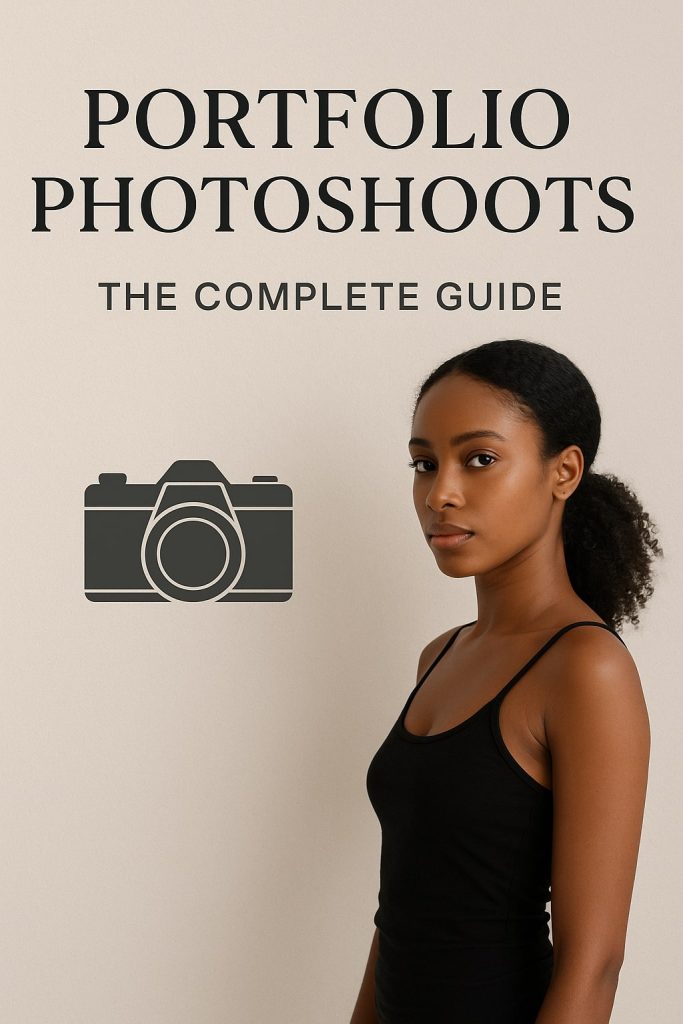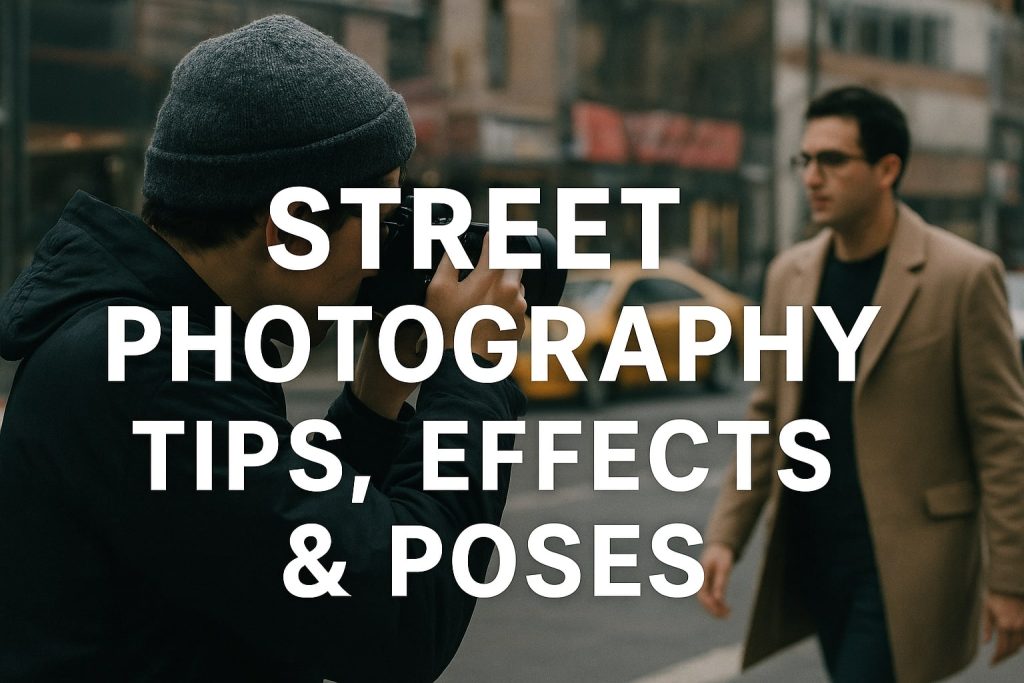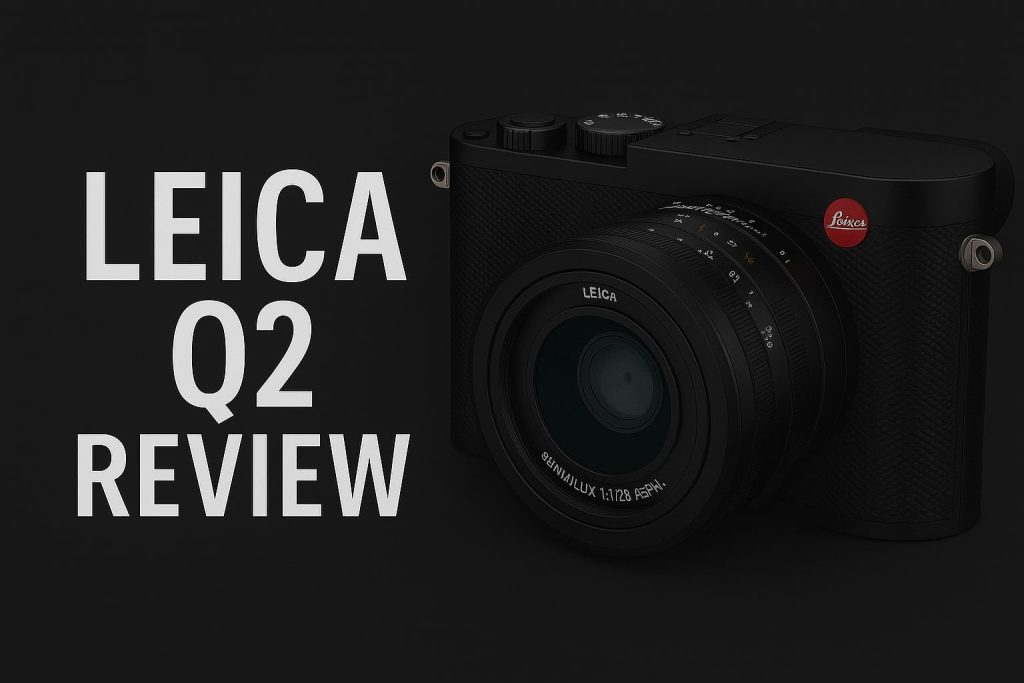Portrait photography is an art form that relies heavily on the right lens choice. Whether you’re shooting in a studio, outdoors, or in natural light, the lens you use significantly impacts the final look and feel of your portraits. Selecting the best lenses for portrait photography requires an understanding of focal lengths, apertures, and the type of camera you’re using. In this guide, we will explore everything you need to know about choosing the right lens to enhance your portrait photography skills.
Why Lens Choice Matters in Portrait Photography
A portrait lens does more than capture an image; it defines the depth, sharpness, and overall aesthetic of the shot. The right lens can help create flattering backgrounds, produce beautiful bokeh, and bring out the best in your subject. Here’s why selecting the perfect lens is crucial:
- Depth of Field Control: A good portrait lens lets you blur the background and keep the focus on your subject.
- Perspective and Compression: Different focal lengths can alter the subject’s appearance, making them look more flattering.
- Light Sensitivity: Lenses with wider apertures allow more light, enabling low-light shooting.
Understanding Focal Lengths for Portrait Photography
Focal length plays a critical role in determining how your portrait will look. Different focal lengths produce varying levels of background blur, subject isolation, and compression.
1. Standard 50mm Lens – The Classic Choice
A 50mm lens, often called the “nifty fifty,” is one of the most popular choices for portrait photography. Here’s why:
- Natural Perspective: The 50mm closely replicates the human eye’s field of view.
- Affordable and Versatile: Most 50mm lenses are budget-friendly and suitable for different lighting conditions.
- Great for Beginners: If you’re new to portrait photography, a 50mm lens is an excellent starting point.
2. 85mm Lens – The Perfect Portrait Lens
An 85mm lens is widely considered the ideal portrait lens due to its ability to create stunning background blur and flattering facial compression.
- Beautiful Bokeh: The longer focal length allows for smoother background blur, making the subject stand out.
- Flattering Compression: It reduces facial distortion and enhances facial features naturally.
- Ideal for Professional Portraits: Many portrait photographers swear by the 85mm lens for headshots and close-up shots.

3. 70-200mm Telephoto Lens – Versatility and Professional Quality
A 70-200mm lens is a zoom lens that provides flexibility in portrait sessions.
- Adjustable Framing: Allows for different compositions without moving too much.
- Excellent Subject Isolation: The longer focal length helps separate the subject from the background effectively.
- Best for Outdoor Portraits: Works well in large, open spaces where you can step back and zoom in.
Aperture and Its Impact on Portraits
Aperture controls the amount of light entering the camera and affects the depth of field. For portrait photography, lenses with wide apertures (f/1.2 to f/2.8) are preferred.
Prime vs. Zoom Lenses for Portraits
- Prime Lenses (Fixed Focal Length): Offer sharper images and wider apertures, such as 50mm f/1.8 or 85mm f/1.4.
- Zoom Lenses: Provide flexibility, allowing different focal lengths in a single lens, such as 24-70mm f/2.8 or 70-200mm f/2.8.
Choosing the Right Lens Based on Photography Style
Your choice of lens should align with your preferred photography style:
- Studio Portraits: 85mm or 50mm prime lens for crisp, clean shots.
- Outdoor Portraits: 70-200mm for flexibility and background compression.
- Environmental Portraits: 35mm or 50mm lens to capture more background details.
Conclusion
Selecting the best lenses for portrait photography depends on your creative vision, shooting environment, and budget. Whether you prefer a 50mm for versatility, an 85mm for professional portraits, or a 70-200mm for flexibility, each lens has its unique strengths. Understanding the impact of focal length, aperture, and compression will help you make the right choice and elevate your portrait photography skills.
Which portrait lens do you prefer? Share your experiences in the comments!
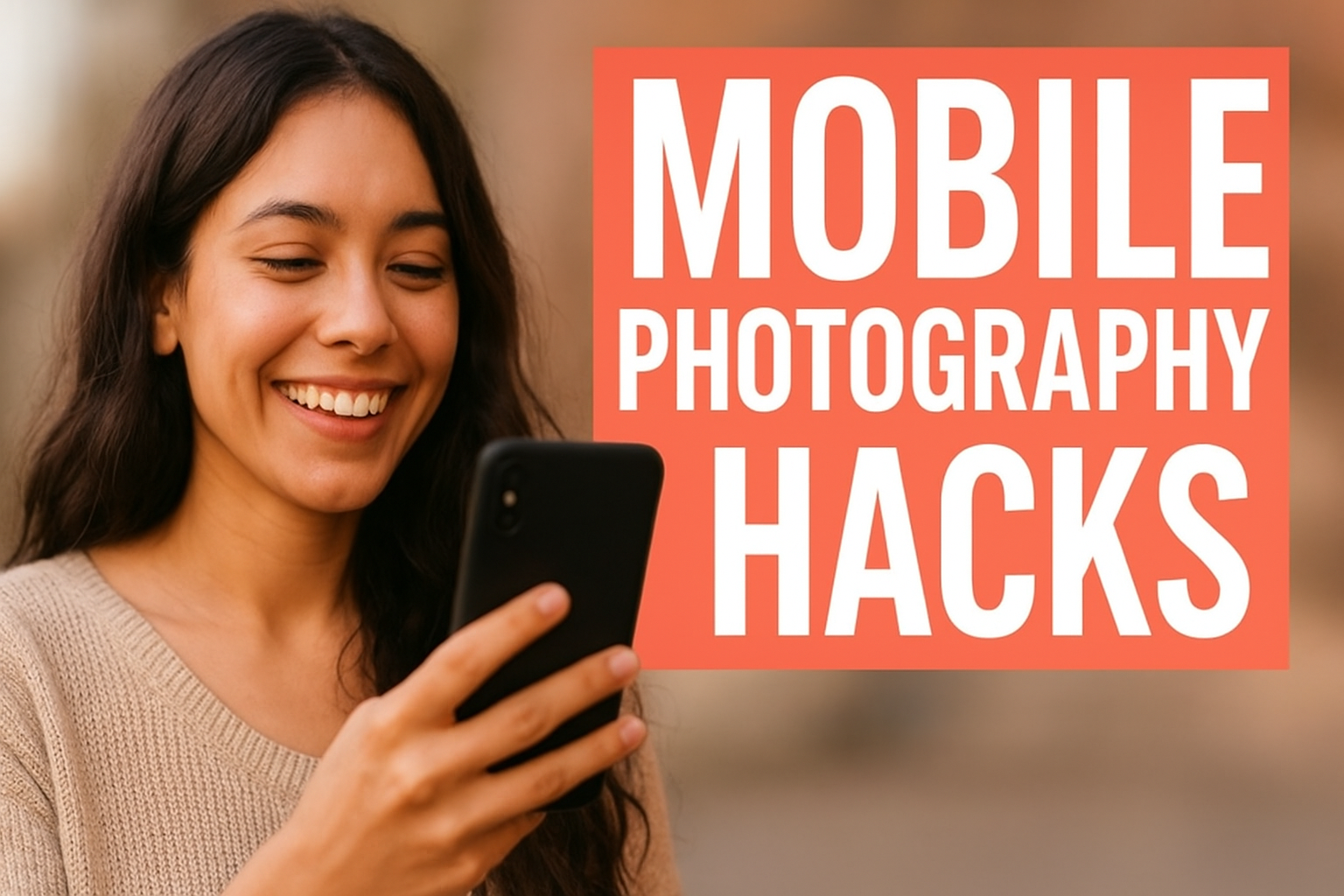
Mobile Photography Hacks: Candid Moments with Your Phone
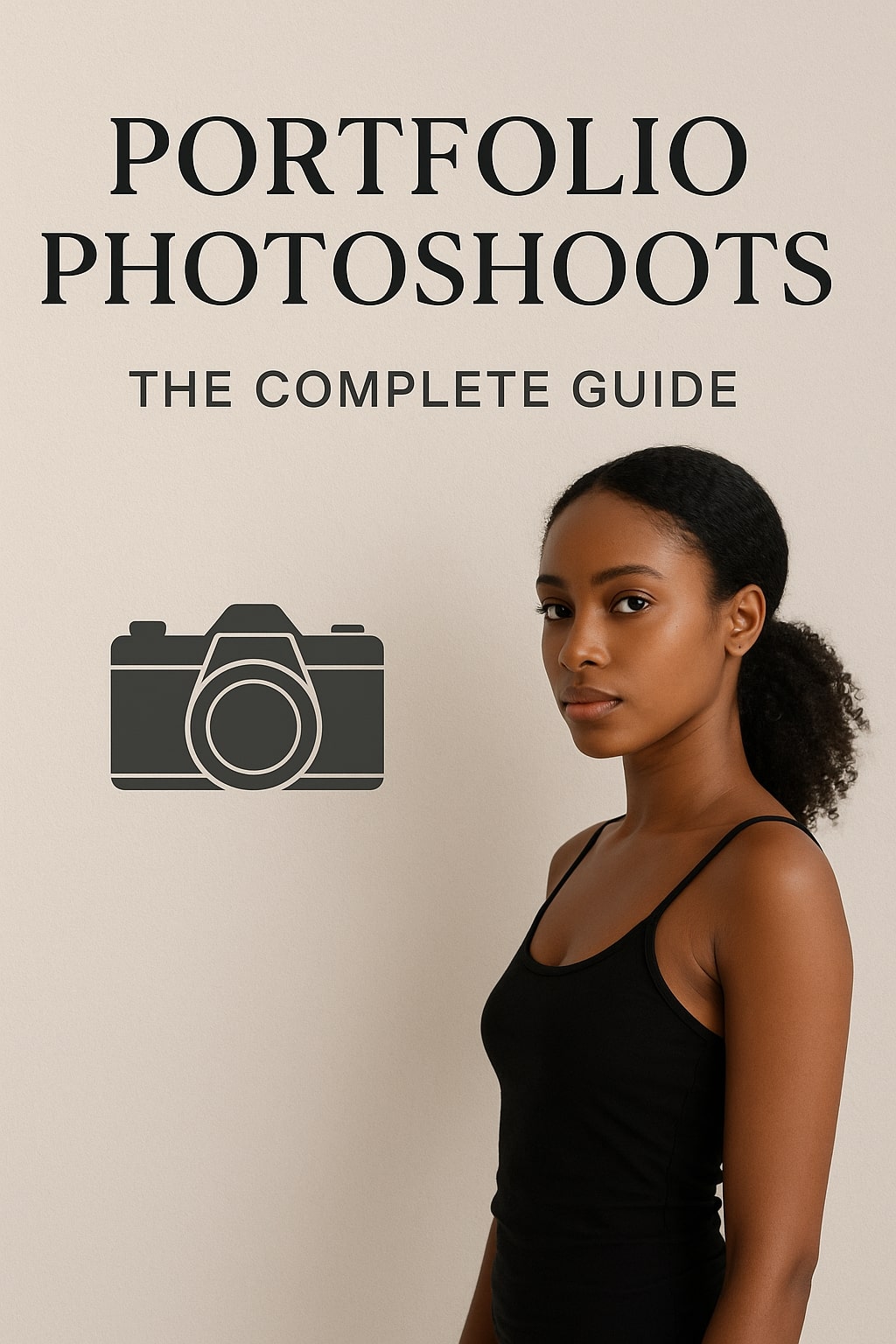
Professional Model & Portfolio Photoshoots: Show Your Best Work
-
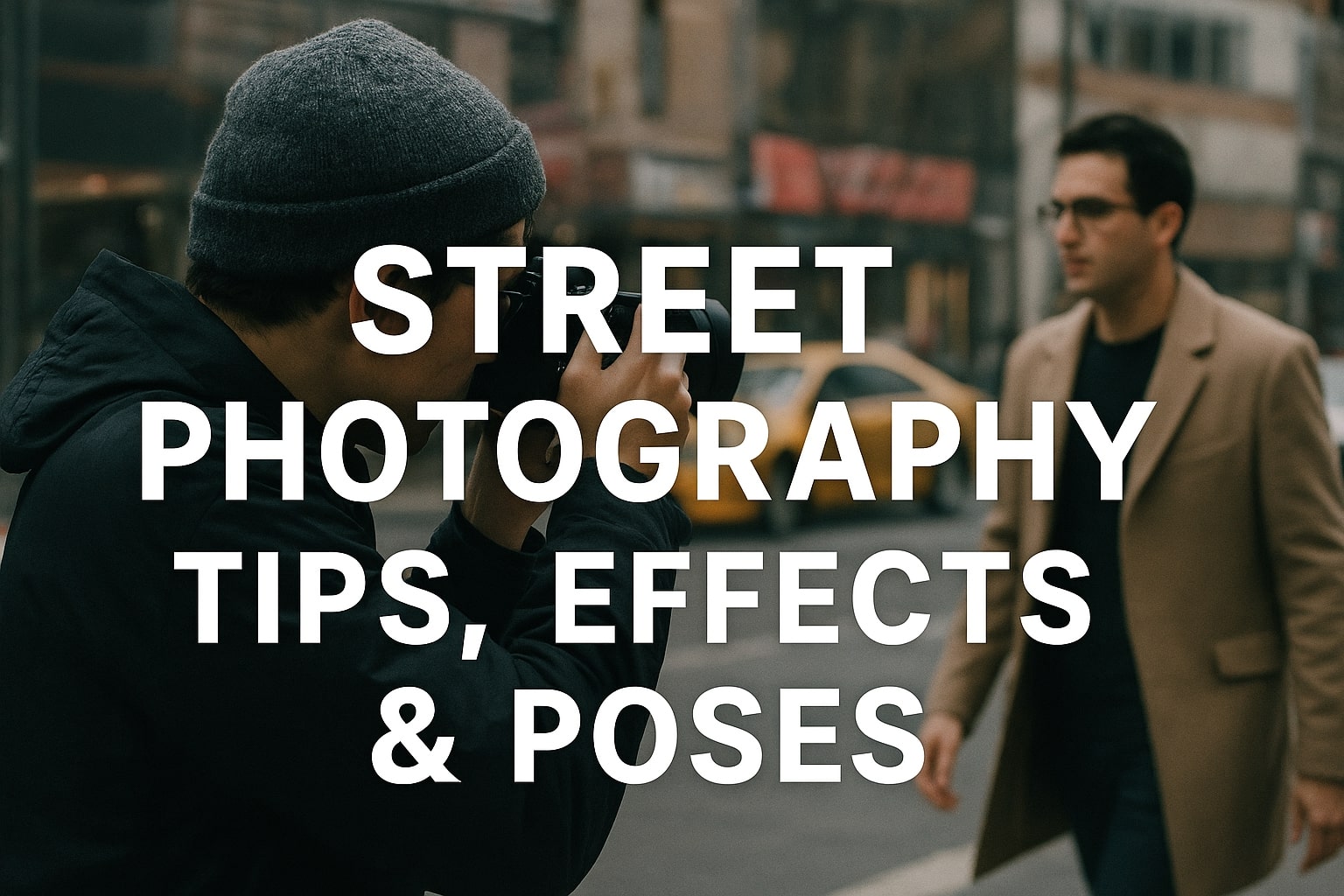
Street Photography Tips, Effects & Poses – Complete Guide
-
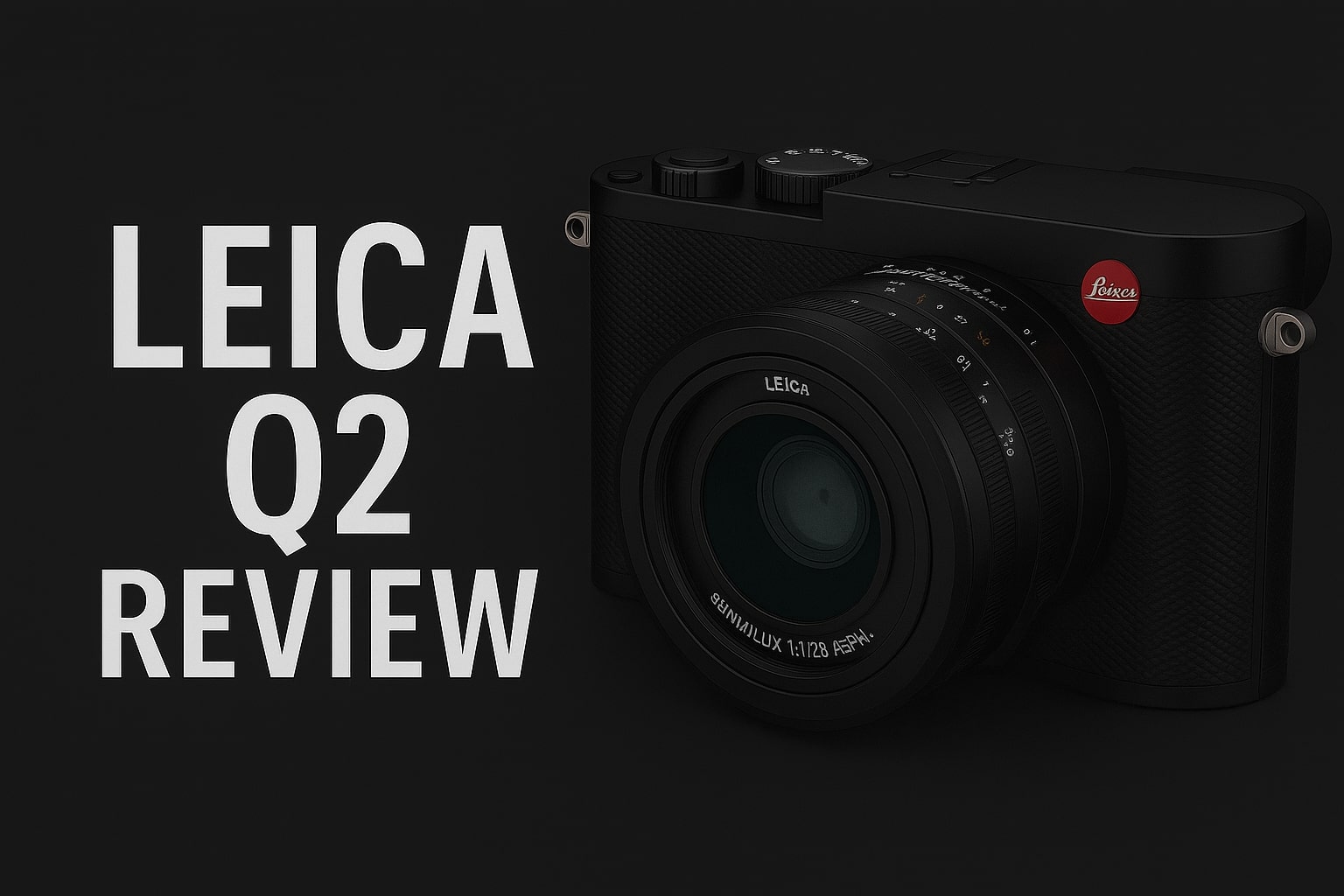
Leica Q2 for Photography: Why It’s Loved by Photographers
Mobile Photography Hacks: Candid Moments with Your Phone
Discover high-impact mobile photography hacks to capture genuine, gorgeous candid moments with your phone. Learn practical tips, composition secrets, and pro techniques to turn everyday scenes into stunning visual stories. Introduction: The New Age of Mobile Photography Photography has evolved beyond heavy cameras, technical jargon, and expensive equipment. Today, the power to capture extraordinary moments
Professional Model & Portfolio Photoshoots: Show Your Best Work
” Discover how to plan, style, and execute stunning portfolio photoshoots that showcase your skills, personality, and versatility. This comprehensive guide covers professional tips, posing ideas, gear suggestions, and industry insights for models and photographers.” Introduction – Why Portfolio Photoshoots Are the Cornerstone of a Photographer’s Career A well-crafted portfolio photoshoot is more than a
Street Photography Tips, Effects & Poses – Complete Guide
Discover the ultimate guide to Street Photography with expert tips, creative effects, and dynamic poses. Learn how to capture authentic urban moments, master composition, and tell powerful visual stories through your lens. Article Outline 1. Introduction to Street Photography Street Photography is more than just taking pictures of people in public spaces — it’s about
Leica Q2 for Photography: Why It’s Loved by Photographers
Introduction: The Cult Status of the Leica Q2 The Leica Q2 is not just a camera—it’s a statement. Combining the heritage of German precision engineering with modern digital excellence, it holds a special place in the hearts of professional and passionate photographers alike. With its full-frame sensor, prime Summilux lens, and minimalist design, the Q2
Top Cameras Under ₹1 Lakh for Freelance Photography
Freelance photography is no longer a niche—it’s a booming creative profession that demands not only vision and hustle but also the right gear. Your camera isn’t just a tool; it’s your storytelling partner. If you’re a freelance photographer aiming to balance performance, versatility, and budget, investing in a cameras under ₹1 lakh can offer the
Top Features of Nikon D850 That Make It Ideal for Photoshoots
Explore the top features of the Nikon D850 that make it a powerhouse for photoshoots. From exceptional resolution to dynamic range, this detailed Nikon D850 guide is built for professional and aspiring photographers. 1. Introduction When Nikon launched the D850, it quickly earned a reputation as a flagship DSLR that redefined what photographers could expect
